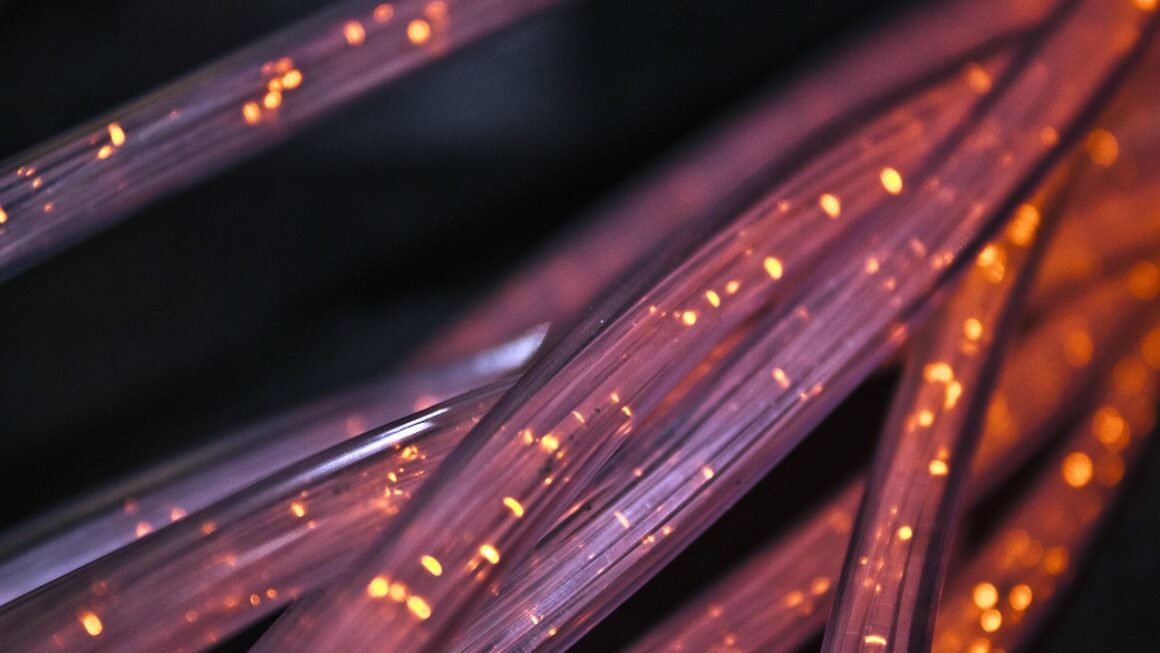Drones have revolutionized various industries, from filmmaking and agriculture to security and delivery services. Their versatility and accessibility have made them indispensable tools for both professionals and hobbyists. This article provides a comprehensive overview of drones, exploring their diverse applications, key features, regulations, and future trends. Whether you’re a beginner or an experienced drone enthusiast, this guide will offer valuable insights into the world of unmanned aerial vehicles (UAVs).
Understanding Drones: An Overview
What is a Drone?
A drone, technically known as an Unmanned Aerial Vehicle (UAV), is an aircraft without a human pilot onboard. It’s controlled remotely by a pilot on the ground, often using a smartphone, tablet, or dedicated remote control. Drones are powered by batteries or fuel and can range in size from a few inches to several feet in diameter. Equipped with various sensors and cameras, they perform a wide array of tasks.
Key Components of a Drone
Understanding the core components of a drone can help you better appreciate its functionality and capabilities:
- Frame: Provides the structural integrity and houses all the other components. Commonly made of lightweight materials like carbon fiber.
- Motors and Propellers: Responsible for generating lift and propulsion, allowing the drone to fly.
- Battery: Powers the motors and onboard electronics. Battery life is a critical factor influencing flight time.
- Flight Controller: The “brain” of the drone, processing sensor data and controlling the motors to maintain stability and execute commands.
- GPS Module: Enables the drone to determine its location and navigate autonomously.
- Camera and Gimbal: Captures aerial footage and stabilizes the camera for smooth video recording.
- Receiver and Transmitter: Allows the pilot to communicate with and control the drone from the ground.
- Sensors: Includes various sensors like accelerometers, gyroscopes, and barometers, which provide data for flight control and stability.
Types of Drones
Drones come in various shapes and sizes, each suited for different purposes:
- Multi-rotor Drones: The most common type, known for their stability and maneuverability. They use multiple rotors (usually four or more) to generate lift. Example: DJI Mavic series, popular for photography and videography.
- Fixed-wing Drones: Resemble small airplanes and are more efficient for long-distance flights. They require a runway or launcher for takeoff and landing. Example: Used for surveying large areas or delivering goods over long distances.
- Single-rotor Drones: Similar to helicopters, offering a balance between maneuverability and efficiency. Example: Used in some agricultural applications for precise spraying.
- Hybrid VTOL Drones: Combine the vertical takeoff and landing (VTOL) capabilities of multi-rotor drones with the efficiency of fixed-wing drones. Example: Being developed for advanced delivery services.
Applications of Drone Technology
Aerial Photography and Videography
Drones have revolutionized the way we capture images and videos from the sky. They provide a cost-effective and versatile platform for aerial photography and videography.
- Real Estate: Showcasing properties from unique angles to attract potential buyers. Drone footage can highlight property features and surrounding landscapes.
- Filmmaking: Capturing stunning cinematic shots and perspectives previously unattainable without expensive helicopters.
- Event Coverage: Documenting events like concerts, festivals, and sporting events from a bird’s-eye view.
Agriculture
Drones are increasingly used in agriculture to improve crop monitoring, optimize resource utilization, and increase yields.
- Crop Health Monitoring: Equipped with multispectral cameras, drones can assess crop health, detect diseases, and identify areas needing attention.
- Precision Irrigation: Identifying areas where water stress is present, allowing for targeted irrigation and reduced water waste.
- Pesticide and Fertilizer Application: Drones can precisely apply pesticides and fertilizers, minimizing environmental impact and reducing costs. Example: Applying pesticides in a targeted manner to prevent the spread of invasive species or disease.
Infrastructure Inspection
Drones offer a safer and more efficient way to inspect infrastructure such as bridges, power lines, and wind turbines.
- Bridge Inspections: Inspecting hard-to-reach areas for cracks, corrosion, and other damage without the need for scaffolding or rope access.
- Power Line Inspections: Identifying damaged or faulty components on power lines, reducing the risk of power outages. Example: Using thermal imaging cameras to detect hotspots on power lines indicating potential failures.
- Wind Turbine Inspections: Inspecting wind turbine blades for damage and wear, minimizing downtime and maintenance costs.
Delivery Services
Drones are being explored for delivering packages, medications, and other goods, especially in remote or congested areas.
- Package Delivery: Companies like Amazon and Wing are testing drone delivery services to reduce delivery times and costs.
- Medical Supplies: Delivering medications and medical equipment to remote areas or during emergencies. Example: Zipline uses drones to deliver blood and vaccines to remote hospitals in Africa.
- Food Delivery: Delivering food from restaurants to customers in a timely and efficient manner.
Drone Regulations and Safety
FAA Regulations in the United States
In the United States, the Federal Aviation Administration (FAA) regulates drone operations. Here are some key rules:
- Registration: Drones weighing over 0.55 lbs (250 grams) must be registered with the FAA.
- Part 107 Certification: Commercial drone pilots must obtain a Remote Pilot Certificate by passing the FAA’s Part 107 knowledge test.
- Altitude Restrictions: Drones cannot be flown higher than 400 feet above ground level (AGL).
- Visual Line of Sight (VLOS): Drones must be kept within the pilot’s visual line of sight at all times.
- No-Fly Zones: Drones are prohibited from flying near airports, military bases, and other restricted areas. Use apps like B4UFLY to check airspace restrictions.
- Night Flights: Night flights are permitted with proper anti-collision lighting and completion of required training.
International Drone Regulations
Drone regulations vary by country. It’s crucial to research and comply with the regulations of the country where you plan to fly.
- European Union Aviation Safety Agency (EASA): Establishes common rules for drone operations across EU member states.
- Canada: Transport Canada regulates drone operations, requiring registration and adherence to specific operating rules.
- United Kingdom: The Civil Aviation Authority (CAA) regulates drone operations, requiring registration and compliance with the Air Navigation Order.
Drone Safety Tips
Safety should always be a top priority when operating a drone:
- Pre-Flight Checks: Always perform a thorough pre-flight check to ensure the drone is in good working condition.
- Weather Conditions: Avoid flying in adverse weather conditions such as strong winds, rain, or fog.
- Battery Management: Monitor battery levels and land the drone before the battery is depleted.
- Awareness of Surroundings: Be aware of your surroundings and avoid flying near people, buildings, or other obstacles.
- Privacy Considerations: Respect the privacy of others and avoid flying over private property without permission.
Choosing the Right Drone
Factors to Consider
Selecting the right drone depends on your specific needs and intended applications. Consider these factors:
- Budget: Drones range in price from a few hundred dollars to tens of thousands of dollars. Set a budget and find a drone that meets your needs within that price range.
- Camera Quality: If you plan to use the drone for photography or videography, prioritize camera quality. Look for drones with high-resolution sensors and stabilized gimbals.
- Flight Time: Longer flight times allow you to cover more ground and complete more tasks.
- Range: Consider the maximum range of the drone if you need to fly over long distances.
- Features: Look for features such as obstacle avoidance, GPS positioning, and intelligent flight modes.
- Application: Consider the intended use of the drone. A smaller, more portable drone might be suitable for travel, while a larger, more powerful drone might be needed for professional applications.
Popular Drone Models
Here are some popular drone models in different categories:
- DJI Mavic 3 Pro: High-end camera drone with excellent image quality and long flight time. Ideal for professional photography and videography.
- DJI Air 3: A mid-range option offering a good balance of features and performance. Suitable for enthusiasts and semi-professional users.
- DJI Mini 4 Pro: A compact and lightweight drone with impressive camera capabilities. Ideal for travel and recreational use.
- Autel Robotics EVO II Pro: A high-performance drone with a 1-inch sensor camera and long flight time.
Future Trends in Drone Technology
Advancements in Battery Technology
Improvements in battery technology are expected to increase drone flight times and performance.
- Solid-State Batteries: Offering higher energy density and improved safety compared to traditional lithium-ion batteries.
- Hydrogen Fuel Cells: Providing longer flight times and faster refueling compared to battery-powered drones.
Artificial Intelligence and Automation
AI and automation are enabling drones to perform more complex tasks autonomously.
- Autonomous Flight: Drones that can navigate and perform tasks without human intervention.
- Object Recognition: Drones that can identify and track objects in real-time. Example: Drones using AI to inspect power lines and automatically detect damaged components.
Enhanced Connectivity
Improved connectivity is enabling drones to transmit data and communicate with other devices more effectively.
- 5G Integration: Providing faster data transfer speeds and lower latency, enabling real-time video streaming and remote control.
- Drone Swarms: Coordinating multiple drones to perform tasks collaboratively. Example: Using drone swarms for search and rescue operations.
Conclusion
Drones have rapidly evolved from niche gadgets to indispensable tools across numerous industries. Understanding their capabilities, regulations, and future trends is crucial for anyone looking to leverage this technology. Whether you’re a photographer capturing breathtaking aerial views, a farmer optimizing crop yields, or a business exploring innovative delivery solutions, drones offer a powerful and versatile platform to achieve your goals. By staying informed and adhering to safety guidelines, you can harness the full potential of drone technology while ensuring responsible and ethical use.




